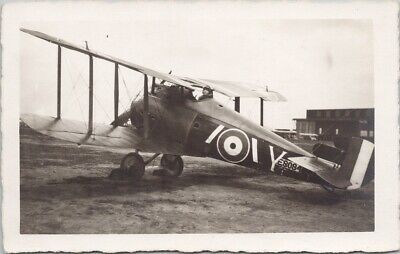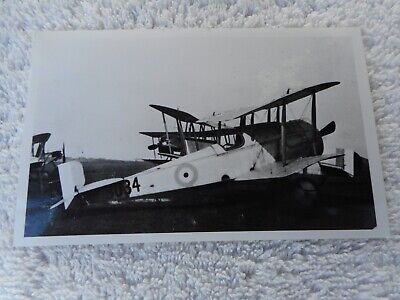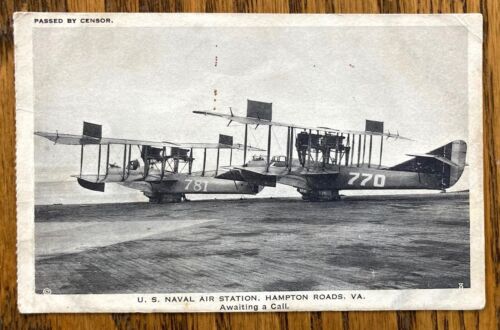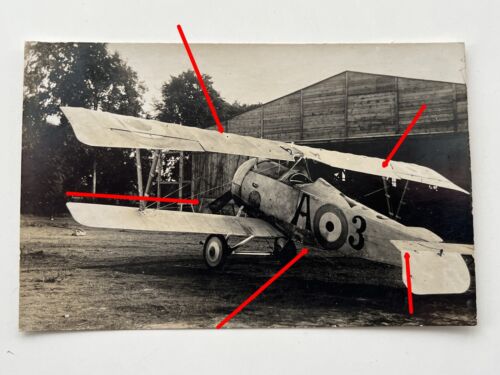Hello,
A nice photo of Sopwith Snipe E8084 of 43 Squadron.

Regards,
Clint

A nice photo of Sopwith Snipe E8084 of 43 Squadron.

WW1 Sopwith Snipe Biplane Pilot Jim Herriston ?? message on back RP Postcard H58 | eBay
WW1 Sopwith Snipe British Fighter Airplane E8084 Pilot Jim Herriston ??.
www.ebay.com
Regards,
Clint
As an eBay Associate we earn from qualifying purchases.



